Limestone Calculator is used for calculating how much limestone rock you need for a specific project. It will tell you how much tons of weight of limestone you need, including the wastage. However, suppose you prefer having the result tell you the project’s total cost. In that case, you can specify “price per one unit of mass” and/or “price per one unit of mass”, and the it will show you the total cost of the project.
Take a look other related calculators, such as:
What is a limestone rock?
Limestone rock is a sedimentary rock with a composition of different materials, but the dominant are calcite or dolomite. It is mainly composed of small fossils, coral, algal, and tiny shells that can be found in sand. We can find limestones in different colours. However, you will mostly see it as white rock. Even though there are other combinations: white, yellow or brown. You can easily scratch it because it has a very soft material.
Limestones have a granular texture with grains as little as 0.001 mm, and this type of rock is mainly formed in calm and warm river. Therefore, we often refer to limestone as a natural stone. Additionally, if you live in the United States and you would like to see limestone stone, you can visit Lake County IL. There is not only one type, we have plenty of them, as I will cover in the next section.
Types of Limestones
Based on how limestone forms (different materials) and its physical characteristics, we classify limestones into several categories:
Chalk
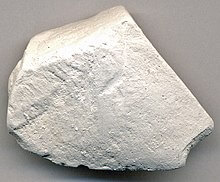
Chalk is a type of limestone which forms mainly by the remains of tiny marine organisms and marine algae. In addition, it mostly comes in white or light grey with a fine texture.
Coquina
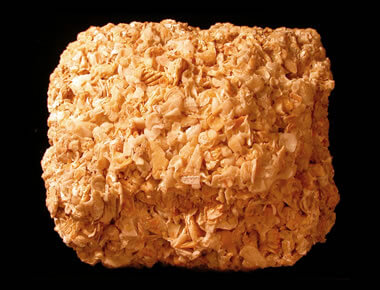
Coquina is a limestone composed of materials such as calcareous shell or coral debris.
Crystalline Limestone
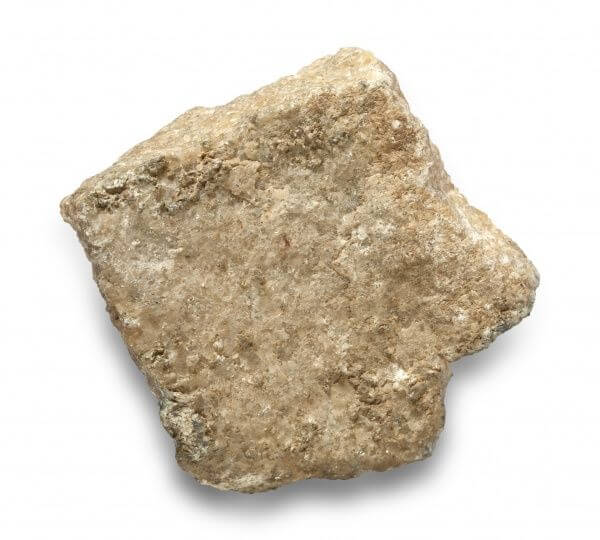
Crystalline limestone or marble is a limestone that we get from the process of metamorphism. In this process, hard rocks transform into fine-grained crystal materials.
Dolomitic Limestone
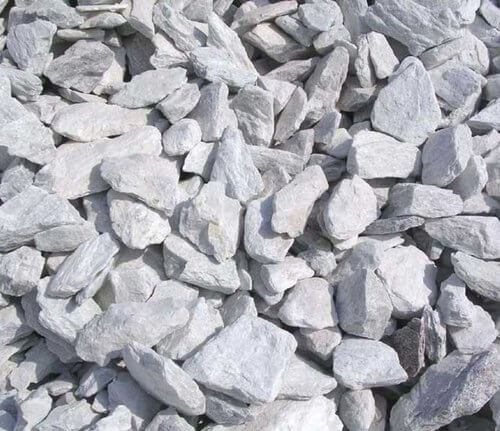
Dolomitic limestone is formed mainly by calcite and a bit of altered dolomite.
Fossiliferous Limestone

Fossiliferous limestone is a rock composed of normal shells and skeletal fossils that are easily visible by a human eye on the beach sand.
Lithographic Limestone
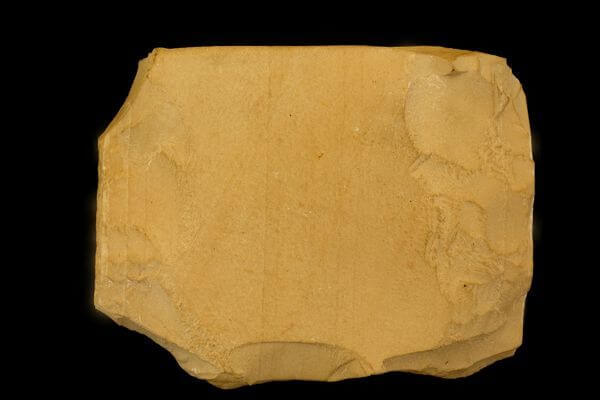
Lithographic limestone is a type of hard rock with high density, yet fine-grained and homogeneous, used in lithography.
Oolitic Limestone

Oolitic limestone is formed by an accumulation of calcium carbonate layers around a nucleus with a half-spherical and half-ovate shape.
Travertine
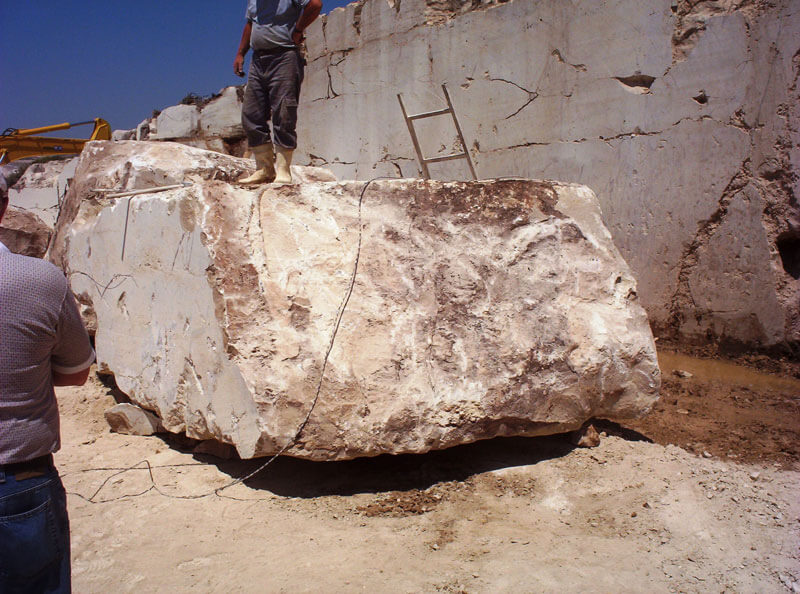
Travertine is a type of limestone that forms when heated alkaline water emerges with dissolved gases and minerals at the surface of sand.
Tufa
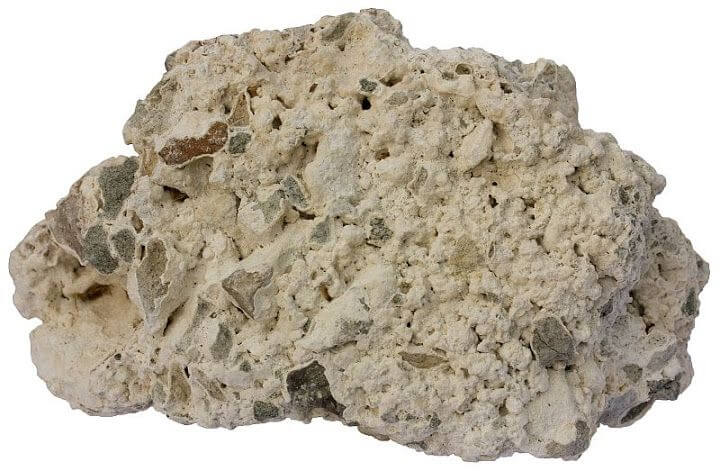
Tufa is the last type of limestone on the list, which mainly forms from the precipitation of calcium carbonate, in hot springs or from the bodies that can precipitate similar volumes.
What is limestone used for?
Limestone has a lot of uses, so I will mention some of its most important benefits below:
- construction industry products (construction sand – perfect material for floor tiles, stair treads, window sills etc.)
- weather and heat-resistant protection on roofing
- smelting
- cement
- agricultural products for acid-neutralization
- dietary products for some animals
- reduces the amount of coal dust in mines (improves mine safety)
- used as a mulch for soil fostering or as a decorative mulch around the trees
- we use it for landscape gravel
- we use it for gravel driveways
How to use our limestone calculator?
Okay, we are familiar with limestone and what types we can find in nature. First, however, let’s see how we use our calculator to calculate how much limestone you need in volume and weight and the total cost of the project. You can express the values in different measurements such as feet, inches, meters, yards and more.
Steps:
- Choose the type, ranging from low-density to the rocks of high densities.
- Enter the density value you need. However, the average density value is between 1.55 and 2.75 grams per cubic meters (54.73 to 97.11 cubic feet)
- Enter the area’s length, width, and depth that you want to fill up with limestone. Then the calculator will take those values and display the total volume and weight needed to cover the defined area in measurement units that you specify (feet, inches, yards and more).
- Enter the wastage in percentage that you anticipate
- If you would like to see how much money it will cost you, you can set “price per one unit of mass” or “price per one unit of volume”, and you will get the total cost in your local currency without clicking on calculate button
How do you calculate how much limestone you need?
This section will explain the process of calculating how much limestone you need, but manually without using any special tool. Thus, let me take you through the steps:
Find the volume of an area that you want to cover with limestone:
VTF = length \times width \times depth (ex. in feet or inches)
VTF – Volume to fill
Calculate how much volume we need:
VN = VTF \times (1 + W)VTF – Volume to fill
VN – Volume needed
W -Wastage
Calculate how much weight we need:
WN = VN \times DWN – Weight needed
VN – Volume needed
D – Density
Sample crushed limestone weight calculation
I believe you will better understand how we calculate limestone weight through a real example.
Scenario: You want to fill the floor with tons of limestone tiles, but you don’t know how much limestone weight you need. For example, let’s assume the density of the material is 2,500 kg/m³.
We start by finding the total volume that we need to fill in the first step. For example, let’s suppose the dimensions are 8m length, 4m width, 0.15m:
Volume to fill = 8m \times 4m \times 0.15m = 4.8 m^{3}
Then, we take into account wastage percentage and find the total volume we need:
Volume needed = 4.8 \times (1 + 8%) = 5.18 m^{3}
Once we know the total volume needed, we can find the product of that number and the density of limestone, and you will get the total weight needed:
Weight needed = 5.18 m^{3} \times 2.500 kg/m^{3} = 12960 kg
So, to cover the area with floor tiles, you need 12,960 kg of crushed limestone rocks.
FAQ
Is limestone a sedimentary rock?
Yes, limestone is a sedimentary, soft stone with a granular texture. However, it is not an igneous rock.
How much does a cubic yard of limestone weigh?
A cubic yard of limestone weighs around 2 tons. However, it depends on the size of the rocks. The larger rocks are, the more they weigh. Thus, a cubic yard of crushed limestone weighs between 1,2 tons to 1,7 tons.
How do I calculate how much limestone I need?
To calculate how much limestone you need, follow the following steps:
1) Find the volume that we want to fill by multiplying an area’s length, width and depth (meters, feet, inches, kilometers)
2) Calculate the volume needed (ex. in cubic inches or cubic feet) by multiplying the volume to be filled by (1 + wastage)
3) Calculate the weight needed by calculating the product of the volume needed and the density of limestone
How do you calculate yards of limestone?
You can calculate the volume of limestone in yards by multiplying its dimensions using our Limestone Calculator.
How many yards of limestone is in a ton?
To calculate how many yards are in a ton, you need to take the number of cubic yards and multiply it by 1.4. So, for example, if we talk about square footage of 50 cubic yards, in a ton, there are 50 x 1.4 = 70 cubic yards.
How do you calculate the weight of a limestone rock?
We can perform limestone weight calculation using the volume of a specified area. One cubic meter of volume = 2.71 tons of limestone rock or 35.315 cubic feet.
How much does a ton of limestone cover?
The area that a ton of limestone can cover depends on the density of limestone. However, if you assume that its thickness is around 10 cm, then a ton of that limestone can cover an area of 5-6 square meters or 53.81 – 64.58 square feet.
What is limestone composed of?
Limestone (natural stone) composes of small fossils, coral, algal, and tiny shells
